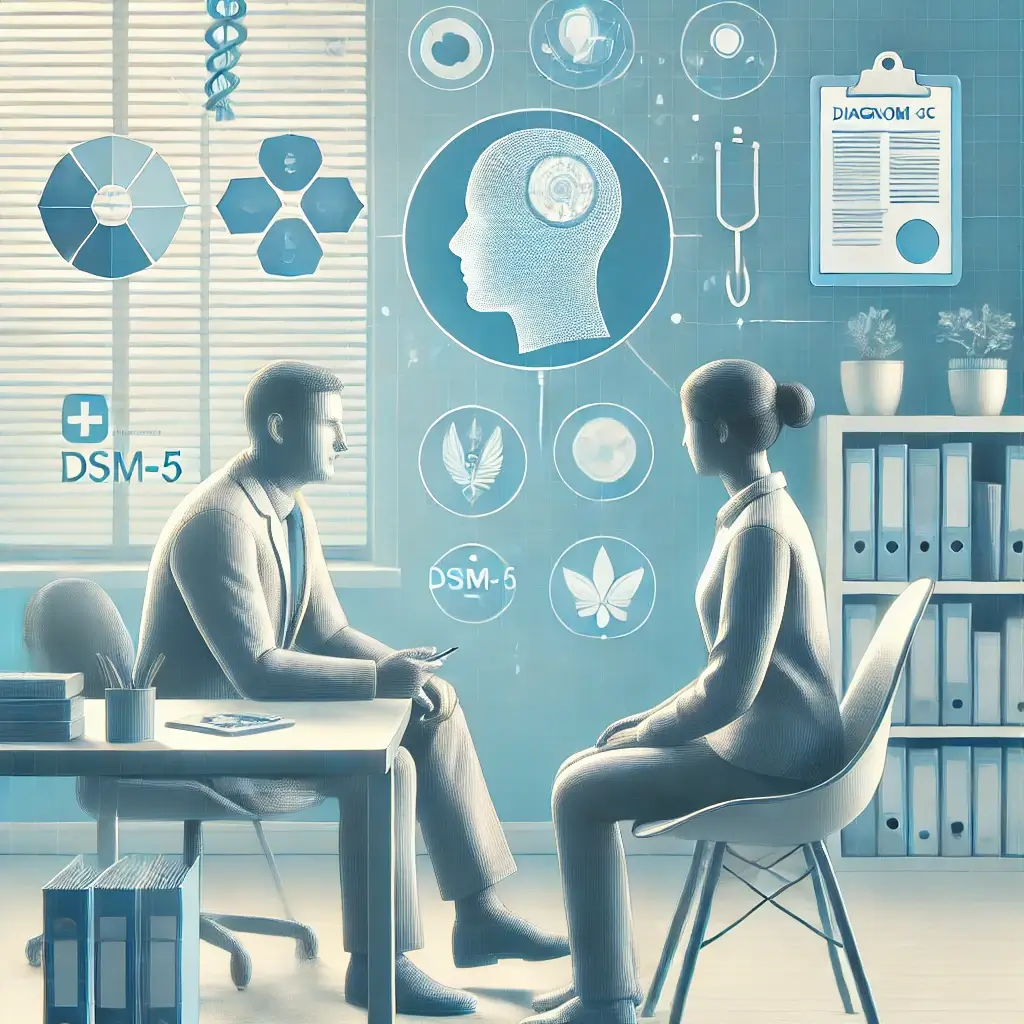Understanding the DSM-5
DSM-5, which stands for the Diagnostic and Statistical Manual of Mental Disorders, is the most widely used reference book in the field of mental health in the United States. The American Psychiatric Association (APA) publishes it, offering standardized criteria for diagnosing mental illnesses.
Key Functions of the DSM-5
The DSM-5 performs several primary functions:
Statistical Classification and Common Language
The DSM-5 provides mental health practitioners with a common language and established criteria for diagnosing mental diseases. This ensures consistency and reliability in diagnoses across all contexts.
Diagnostic Tools and Criteria
The manual offers precise criteria for evaluating patients for mental conditions. It requires a comprehensive assessment of symptoms, including changes in behavior, functioning, thought patterns, and mood abnormalities. The handbook emphasizes the importance of analyzing the duration and persistence of symptoms over several weeks or longer.
Comprehensive Evaluation Approach
The DSM-5 guides the evaluation of an individual’s overall behavior and functioning, considering social contacts, employment or academic performance, and capacity to carry out daily activities. It also emphasizes the importance of considering medical history, co-occurring physical health conditions, and environmental or psychosocial factors.
Standardized Assessment Process
The manual outlines specific diagnostic criteria to standardize the assessment process and promote consistency in identifying and classifying mental diseases. This approach allows healthcare practitioners to deliver more precise and targeted interventions, improving the overall quality of care for those seeking mental health support.
Therapy Planning and Research
DSM-5 diagnoses help guide therapy decisions and treatment strategies. The manual is also a valuable tool for research on mental disorders, allowing researchers to compare data and investigate the efficacy of various treatments using standardized diagnoses.
Limitations of the DSM-5
Despite its usefulness, the DSM-5 has limitations. Diagnoses are based on potentially subjective experiences and behaviors reported by individuals. The guidebook is regularly revised to reflect the evolving understanding of mental diseases.
Additional Resources
For more information, visit the following websites:

